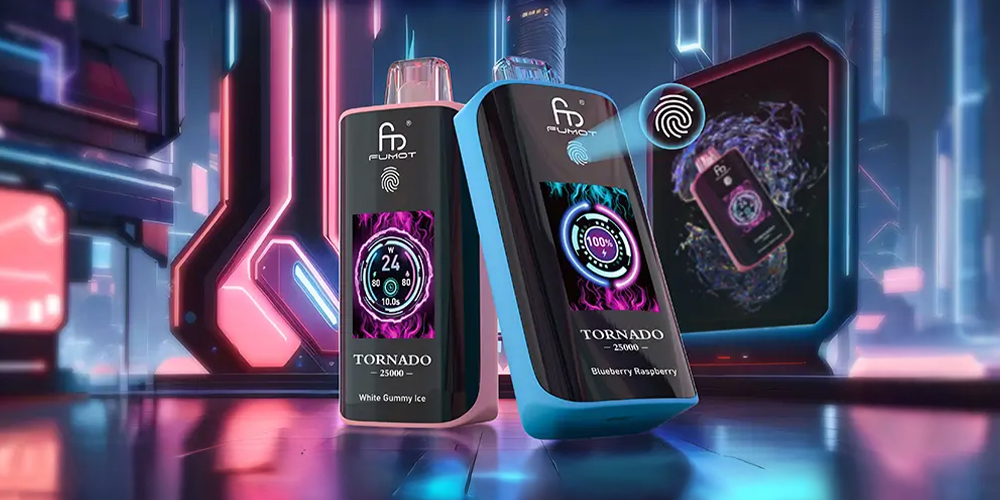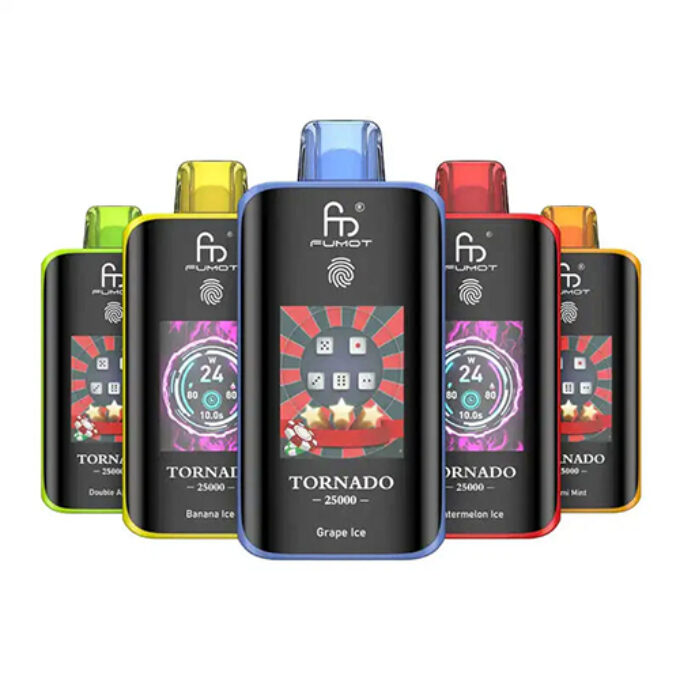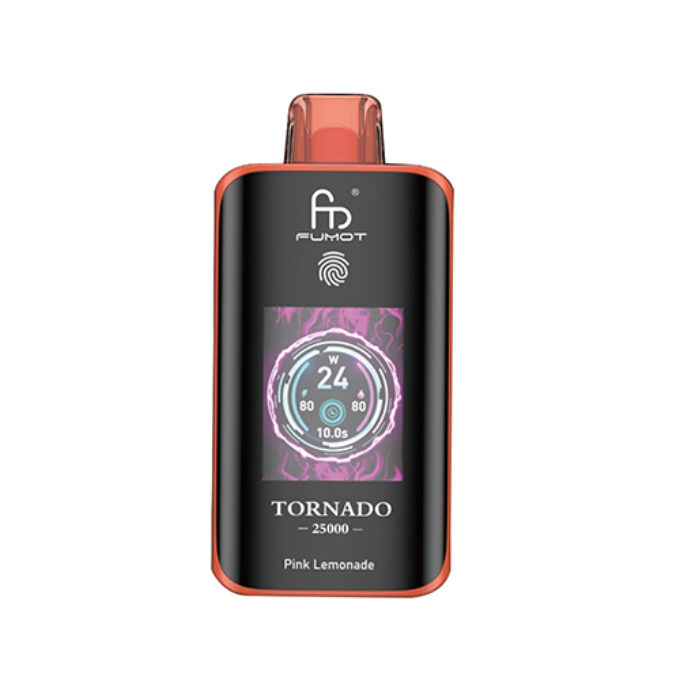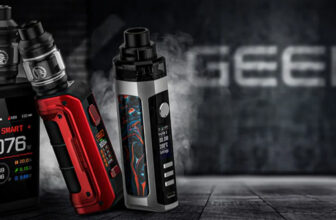
A few days in, and your disposable vape is already running dry. The flavor is fading, the vapor is thinning, and you’re left wondering—did you get a defective device, or is there something you’re doing wrong? Many vapers experience the frustration of disposables not lasting as long as expected, but often, small adjustments in usage can make a significant difference. “It’s not just about the battery; how you vape plays a huge role,” explains a long-time enthusiast. So, what steps can you take to extend the life of your device and enjoy every last drop of e-liquid?
Understanding How Disposable Vapes Deplete Over Time
Unlike refillable devices, disposables are prefilled with a set amount of e-liquid and a built-in battery, meaning once one of these components runs out, the entire device becomes unusable. Battery capacity, coil efficiency, and airflow design all impact how quickly a vape depletes. Heavy usage and long puffs consume e-liquid at a faster rate, while overheating the coil can cause dry hits that degrade performance.
Some models, such as the tornado vape or the Clickmate Vape, utilize optimized coil resistance to balance vapor production and e-liquid consumption. While this helps prolong usage, user habits remain a critical factor. Taking slow, controlled inhales reduces liquid waste and prevents the wick from drying out too quickly. Another often-overlooked issue is airflow restriction. If the airflow is blocked, the device compensates by burning more liquid, reducing efficiency.
It’s wise to do your own research, find the best disposable vape that fits your preferences, and your success rate and satisfaction will be better ensured. Learn about the product, the brand that makes it, the battery capacity, e-liquid capacity, features, and flavors that it offers to make sure each aspect fits your lifestyle.

The Impact of Storage Conditions on Battery Life
The way a disposable vape is stored can have a direct impact on its lifespan, battery efficiency, and overall performance. Temperature fluctuations, humidity levels, and exposure to direct sunlight all play a role in how well the device functions over time. Many users underestimate how environmental factors can prematurely degrade both the battery and the e-liquid, leading to reduced vapor production, weaker flavor, or even device malfunctions.
Why Temperature Matters for Longevity
Extreme temperatures are particularly harmful to disposable vapes. High heat causes the e-liquid to thin out, which increases the risk of leakage and inefficient vaporization. When stored in a hot environment, such as inside a car on a summer day, the liquid may seep into the airflow chamber, leading to clogged pathways and an inconsistent vaping experience. Heat exposure can also affect battery chemistry, causing it to drain faster even when not in use.
Cold temperatures, on the other hand, slow down battery performance. A vape that has been left in a cold environment for too long may produce weak or delayed vapor, as the lithium-ion battery struggles to deliver consistent power. This can make the device appear as if it’s malfunctioning when in reality, it just needs to return to room temperature for proper operation.
Humidity and Airflow: Preventing Leaks and Sensor Issues
Apart from temperature, humidity levels also influence a disposable vape’s reliability. Excess moisture can interfere with internal sensors, causing misfires or reducing responsiveness. In particularly humid conditions, condensation may accumulate inside the device, affecting the coil’s ability to properly vaporize the liquid.
Why Puff Count Claims Can Be Misleading
The advertised puff count on disposable vapes often gives users a misleading expectation of how long their device will last. A product labeled as 3,000 puffs might seem like a guarantee, but in reality, the lifespan of a vape depends on several factors, primarily inhalation style, airflow settings, and coil efficiency. Manufacturers calculate puff counts based on controlled conditions—short, gentle draws taken at regular intervals. However, real-world usage varies widely, meaning one user might get significantly fewer puffs than another from the same device.

How Airflow and Inhalation Affect Puff Count
One of the biggest factors affecting puff count is how a user inhales. A short, moderate draw uses a minimal amount of e-liquid per puff, allowing the device to operate closer to the advertised count. However, long, deep inhales consume more liquid per draw, drastically reducing the total number of puffs before the e-liquid is depleted. Frequent, extended draws can even cause the coil to overheat, burning through e-liquid faster than necessary and leading to a diminished experience before the battery actually dies.
Adjustable airflow settings also play a major role in how long a disposable vape lasts. Some devices allow users to modify airflow, offering the choice between a tight or open draw. A more restricted airflow forces slower inhales, making the device more efficient by vaporizing less e-liquid per puff. In contrast, wide-open airflow settings prioritize vapor production, creating thicker clouds but consuming liquid at a significantly higher rate.
Why Users Experience Different Vape Lifespans
Beyond airflow and inhalation habits, other external factors contribute to variations in puff count. Temperature changes can affect battery performance and liquid viscosity, leading to inconsistencies in how much e-liquid is vaporized per puff. Additionally, device quality and coil resistance influence efficiency—some disposables are designed to optimize e-liquid consumption, while others prioritize cloud production at the cost of longevity.








